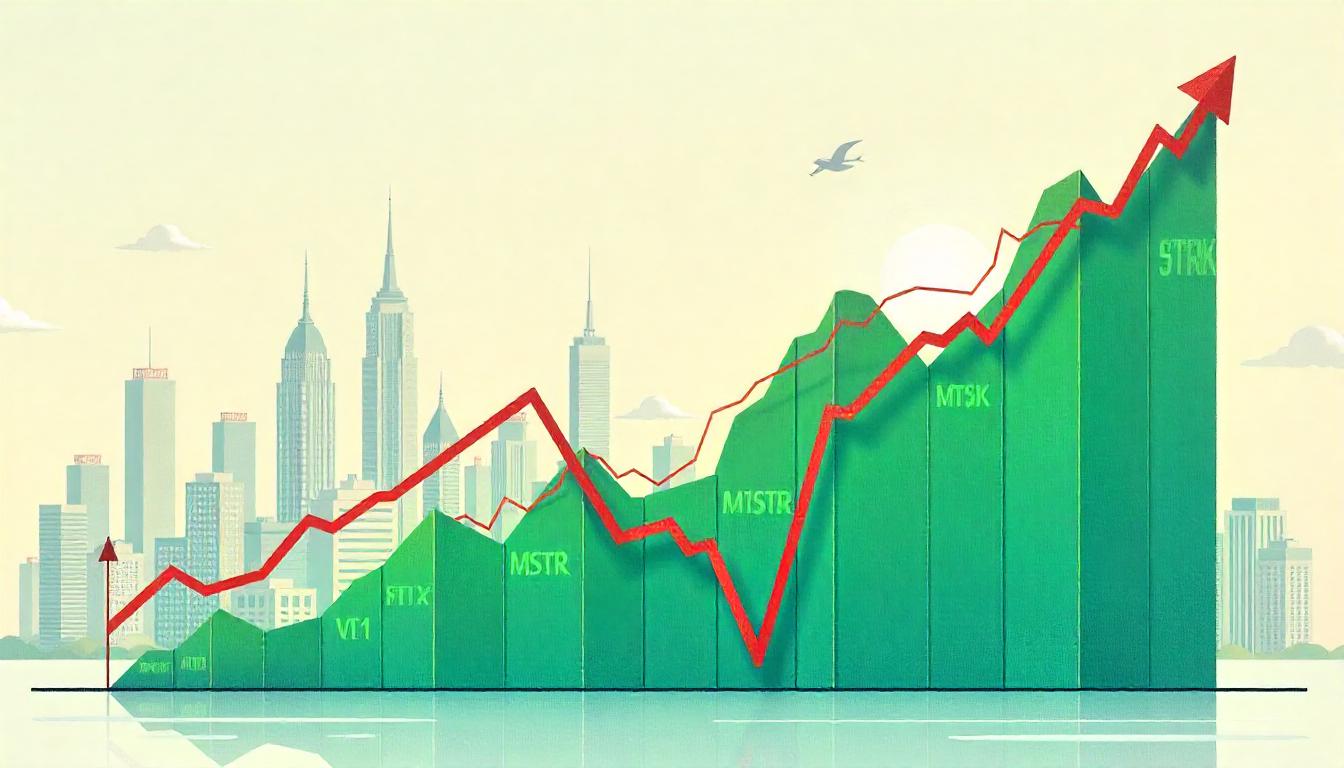Bitcoin’s hashrate saw a remarkable increase of 50% in 2024, continuing its upward trajectory for the eighth consecutive period. The hashrate, which refers to the computational power necessary to mine a block in Bitcoin’s proof-of-work blockchain, is projected to reach 1 zettahash per second (ZH/s) ahead of the next halving event in about 3.5 years. This rise is putting pressure on miners to secure affordable energy sources and invest in more efficient equipment to stay competitive.
If the hashrate continues to grow at a steady 20% annual pace, it could reach 1,000 exahash per second (EH/s), or 1 ZH/s, by 2027. Since 2020, the hashrate has been increasing at an average rate of 65% each year and is currently around 787 EH/s based on a seven-day moving average, according to Glassnode data. Higher hashrates mean increased energy consumption, which directly impacts miner profitability, making it essential for them to optimize their operations. Additionally, a higher hashrate strengthens the network’s security, which has grown by 56% over the past year.
The second half of 2024 saw a faster rate of growth, particularly after April’s halving event, which reduced the block reward to 450 BTC per day. This cut in rewards squeezed miners’ profit margins, forcing some to diversify their activities. Some miners turned to AI computing, while others opted to purchase Bitcoin on the market rather than mining it themselves.
When Bitcoin’s hashrate hits 1 ZH/s, miners will be required to find new ways to remain profitable in a more demanding market. It is possible that the hashrate has already exceeded 1 ZH/s for individual blocks, as mentioned in a post on X, although such data can be unreliable due to the probabilistic nature of mining and fluctuations in block times and network conditions. To mitigate these inaccuracies, the industry standard typically uses a seven-day moving average to gauge the hashrate more reliably.
In addition to the rising hashrate, Bitcoin’s mining difficulty has also been increasing. Since October, the network has seen seven consecutive positive difficulty adjustments, pushing the current difficulty level to 109.78 trillion (T). Difficulty is recalibrated every 2,016 blocks to ensure the average block time remains around 10 minutes. The last time the network experienced seven consecutive positive adjustments was after the mining ban in China in 2021, when the hashrate dropped by 50%. However, this time both the hashrate and difficulty are increasing together, signaling a healthier and more resilient Bitcoin network.





